At first glance, however, such a revolution may seem risky and expensive. At the customer level, confusion has become widespread about the value of producing and post-producing highly sophisticated video. In the recent past, we saw professional printers lose business with their own customers when electronic desktop publishing programs became reasonably cheap. We are now witnessing, in a similar way, the loss of market by high-sophistication video. HDTV requires a new level of expertise, looks splendid and can provide a new identity and niche for those who are willing to take risks.
In these early days of experimentation, we still don't know which standards and formats will prevail in the long run, and the upfront costs can make you think twice (if not several more times) about the relevance of such an investment. How to justify the cost of a study when customers are only going to request a few hours a day of HDTV and when they require, on the same day or week, 1080i, 720p and, perhaps, 1035i? How to be up to date and be, at the same time, profitable? Don't be discouraged. Some manufacturers are taking note and rays of light are emerging amid the haze of HDTV.
These rays of hope are focused on video storage. Six years ago, Sierra Design Labs introduced the philosophy of non-obsolescence, now more important than ever in the HDTV revolution. The Quickframe digital disc recorder, originally offered, can now be configured in a set of 4 units with high-definition adapter, a multifunctional equipment control panel, and optional advanced audio modules that can group up to 16 channels of AES/EBU digital audio, editable and fully synchronized. This new configuration is called the HD1.5 Plus. It allows users to switch their equipment from standard definition to high definition at the push of a button. This single movement converts the HD1.5Plus from an uncompressed 1080i type high-definition recorder (59.94 or 60 fps) to a 720p HD recorder (23,976, 59.94, or 60 fps). Pressing again, the recorder transforms into four standard ITU-R BT601-4 disc recorders capable of 270Mb or 360Mb operations. Sierra has teamed up with Panasonic and Sony to offer two options, the HD360 and HD270, which can convert Quickframe into high-definition recorders compatible with Panasonic's AJ-HDP500 HD processor and Sony's HDCAM systems.
Product compatibility between different vendors is the key to developing a new line of high-definition products. Never before have alliances between manufacturers and customers been so strong or necessary. Sierra's HD1.5Plus is already integrated into the most popular editing systems as a true non-linear direct access player and recorder. High-definition cinema and tape transfer to the recorder can be accessed frequently from workstations. Programming packages for composition, effects, shading, editing and cleaning are already working successfully with Sierra's high-definition equipment and many companies around the world are already earning from their HD investments.
The HD1.5Plus is an integrated system designed for a complete video server. If an interface is made with another integrated system, such as Nvision's Envoy series of multiformat video and audio routers, the audio and video storage resources of an entire configuration can be dynamically allocated to the place and time that are required. Resources can be configured with "virtual" digital disk recorders with added bandwidth and the number of connections as their only limitation. For example, at 10:00 a.m., telecine port 2 requires 45 minutes of 1080p to record a cinema transfer and edit port 1 requires four 20-minute play/record 601 channels. You can simply assign them and then route them. At 11:00 a.m., the 45 minutes of 1080p can be converted to six hours of 601, and the four channels can be converted to format and used for a 1080i transfer, and then be affordable for a Fire HD, through a fully integrated computer interface. From graphics to editing to on-air streaming, storage resources can be used as native or proprietary mechanisms, fully integrated into each application and transparent to the user.
As high-definition technology progresses, we will be able to observe the more efficient and faster construction of bridges between the worlds of video and the computer, which in turn will be more accessible for ever larger investments. High-performance interfaces, color and real-time space conversions, and even greater format support are some of the issues Sierra is working on. HD1.5 Plus users have already found a tool that helps them navigate the waters of high-definition production with peace of mind and allows them to enter this potential source of profit. At this early stage of HDTV, pioneers will continue to benefit from greater compatibility between vendors and gain an opportunity to define themselves as technology and business leaders in this new revolution.



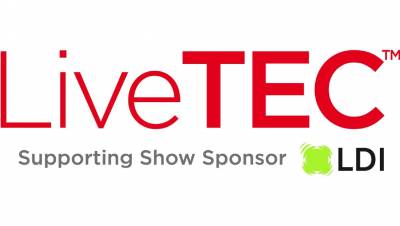

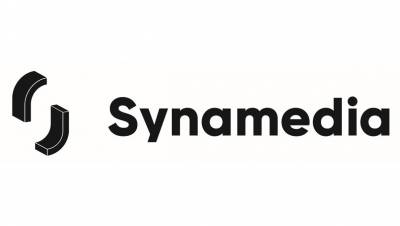


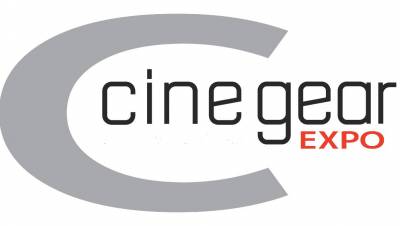




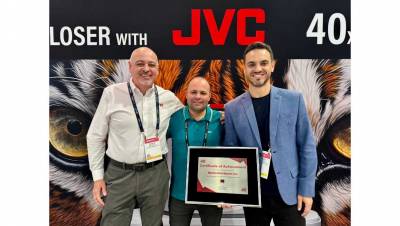









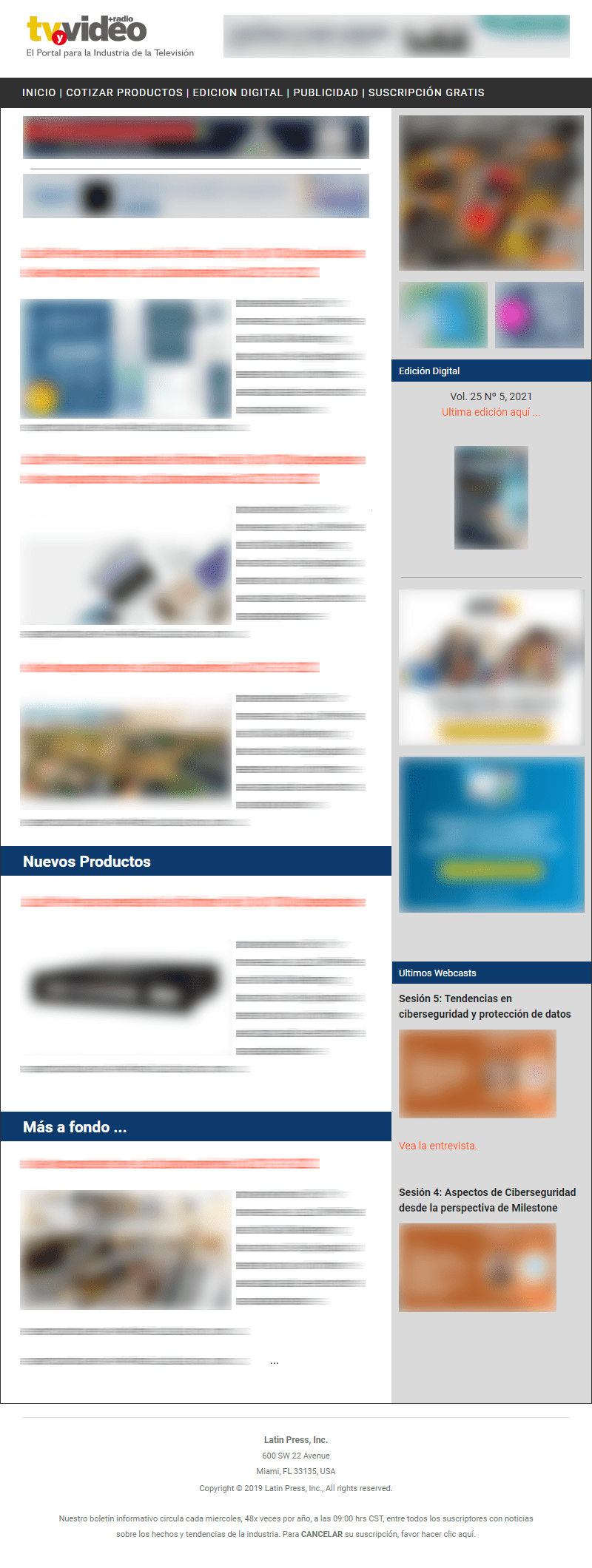
Leave your comment